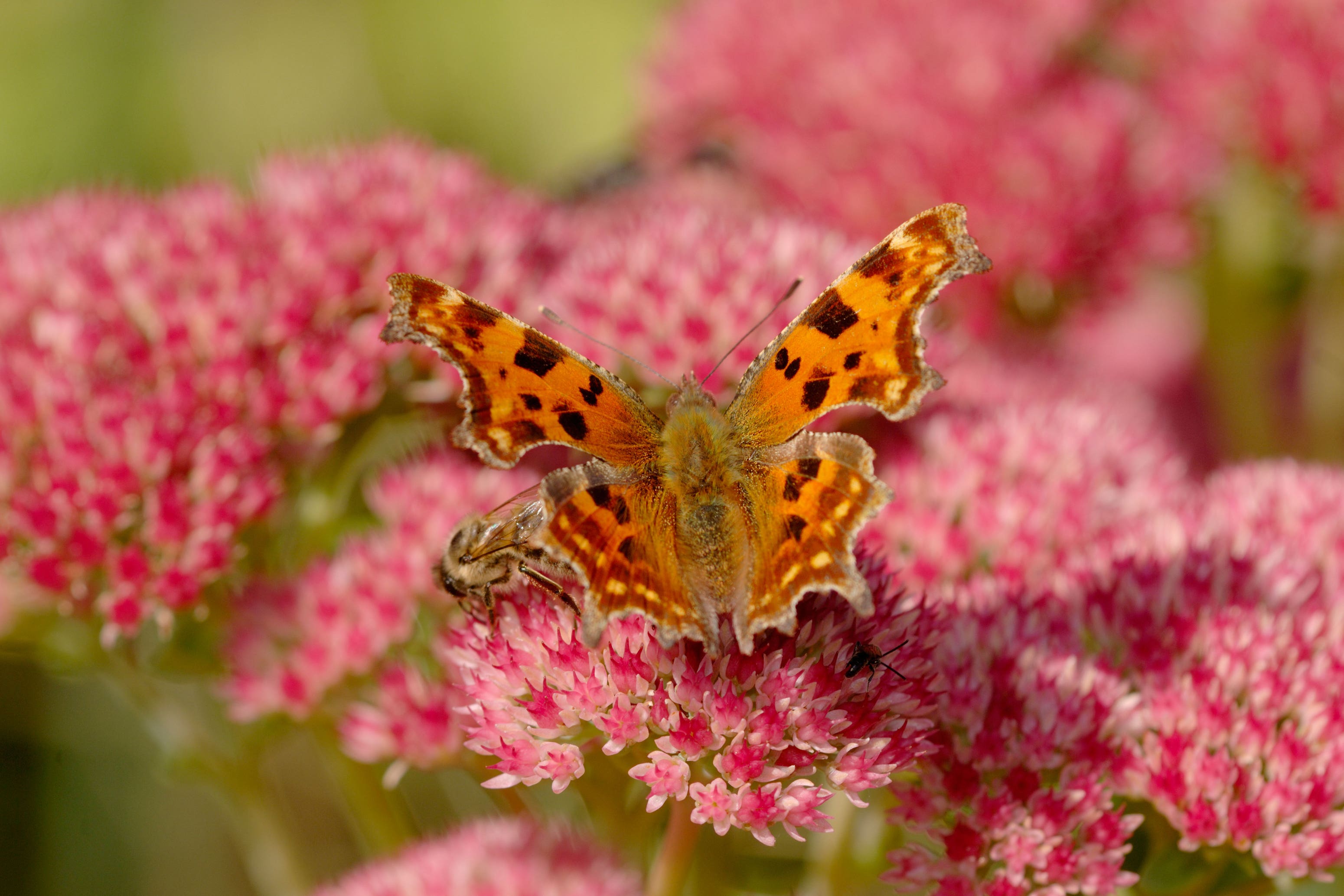6 tough plants for tough places
An expert shares her top picks for the garden – whatever the growing conditions. By Hannah Stephenson.

Your support helps us to tell the story
From reproductive rights to climate change to Big Tech, The Independent is on the ground when the story is developing. Whether it's investigating the financials of Elon Musk's pro-Trump PAC or producing our latest documentary, 'The A Word', which shines a light on the American women fighting for reproductive rights, we know how important it is to parse out the facts from the messaging.
At such a critical moment in US history, we need reporters on the ground. Your donation allows us to keep sending journalists to speak to both sides of the story.
The Independent is trusted by Americans across the entire political spectrum. And unlike many other quality news outlets, we choose not to lock Americans out of our reporting and analysis with paywalls. We believe quality journalism should be available to everyone, paid for by those who can afford it.
Your support makes all the difference.Are you struggling to fill awkward damp patches in winter, or dry spots in the sweltering summer?
Opt for tough plants that will withstand the most difficult conditions, says gardening writer Sharon Amos, whose new book – Tough Plants For Tough Places – offers advice on the best plants for tricky spots. Having healthy, well-drained soil is important, she notes, which sometimes may require you to plant in raised beds.
“For instance, Mediterranean plants, which can cope with blazing sunshine and lots of heat, may suffer in heavy rain. Using raised beds will provide more control over growing situations, such as drainage.”
Make sure soil is in good shape, she adds. “Mulching it encourages worms, which then aerate the soil to improve drainage. It’s a delicate balance.”
Here, Amos selects her own personal favourites for six different environments…
1. Sunny sitesEuphorbia characias wulfenii
“For sunny situations, I’m very fond of Euphorbia characias wulfenii, because there’s always something to look at whatever the time of year. Its silvery-green bottle-brush shape produces acid yellow heads of flowers in the spring.”
They need full sun, can take some wind exposure and are tolerant of dry conditions.
2. Shady areasGalium odoratum (sweet woodruff)
“This low-growing plant will thrive just about anywhere. I came across a clump that had been neglected down the side of my summer house and it was fine.
“Producing starry white flowers in spring, it’s very pretty and delicate-looking, but surprisingly tough. Plant it in a shady border, or a place that doesn’t get sun. Put it with violets or pulmonaria.”
3. Dry spotsSedum spectabile (ice plant)
This is perfect if you want autumn flowers. It produces large, flat heads, packed with pink blooms, which are a good source of nectar for pollinating insects, Amos says. Its fleshy leaves have a good capacity to conserve water in dry conditions, and it would make a good plant partner for Japanese anemones, which flower at the same time.
“Leave flower stalks in place to protect buds coming through for next year’s growth. They can also look quite pretty etched with frost in winter,” she adds.
4. Damp placesFilipendula ulmaria (meadowsweet)
This is a familiar wild flower, which thrives in damp meadows and ditches. It can grow to around two metres in height, producing creamy fragrant plumes in summer. The ‘Rosea’ variety has pale pink flowers.
“It loves to have its feet wet and is good for pond borders, or if you have a badly drained patch in your garden. It has pretty flowers, similar to cow parsley. It would be happy alongside purple loosestrife (Lythrum salicaria), because they are both quite tall.”
5. Exposed plotsFuchsia magellanica
“Fuchsia is often a much-maligned and overlooked plant, but the Magellan species is very hardy. You get exotic flowers in late summer and it should survive a harsh winter. If the winter is very severe, all the branches may die but the plant won’t be dead, it will just take longer to get going the following year.
“It’s good as part of a mixed hedge in a front garden. It will also do well on the coast.”
6. Seaside situationsTamarix ramosissima (tamarisk)
“To me, this plant just says ‘seaside’ when you see it. It’s commonly planted in coastal parks, and has feathery leaves and plumy sprays of pink flowers. Again, it’s almost like a hedging plant, so is very much suited to a boundary.”
Keep control
“The risk with tough plants that have adapted well to their environment is they thrive and may do too well,” Amos observes. “Move and divide plants when needed. Repetitive planting is great for thrifty gardeners.”
Tough Plants For Tough Places by Sharon Amos is published by Pimpernel Press on February 9, priced £20.